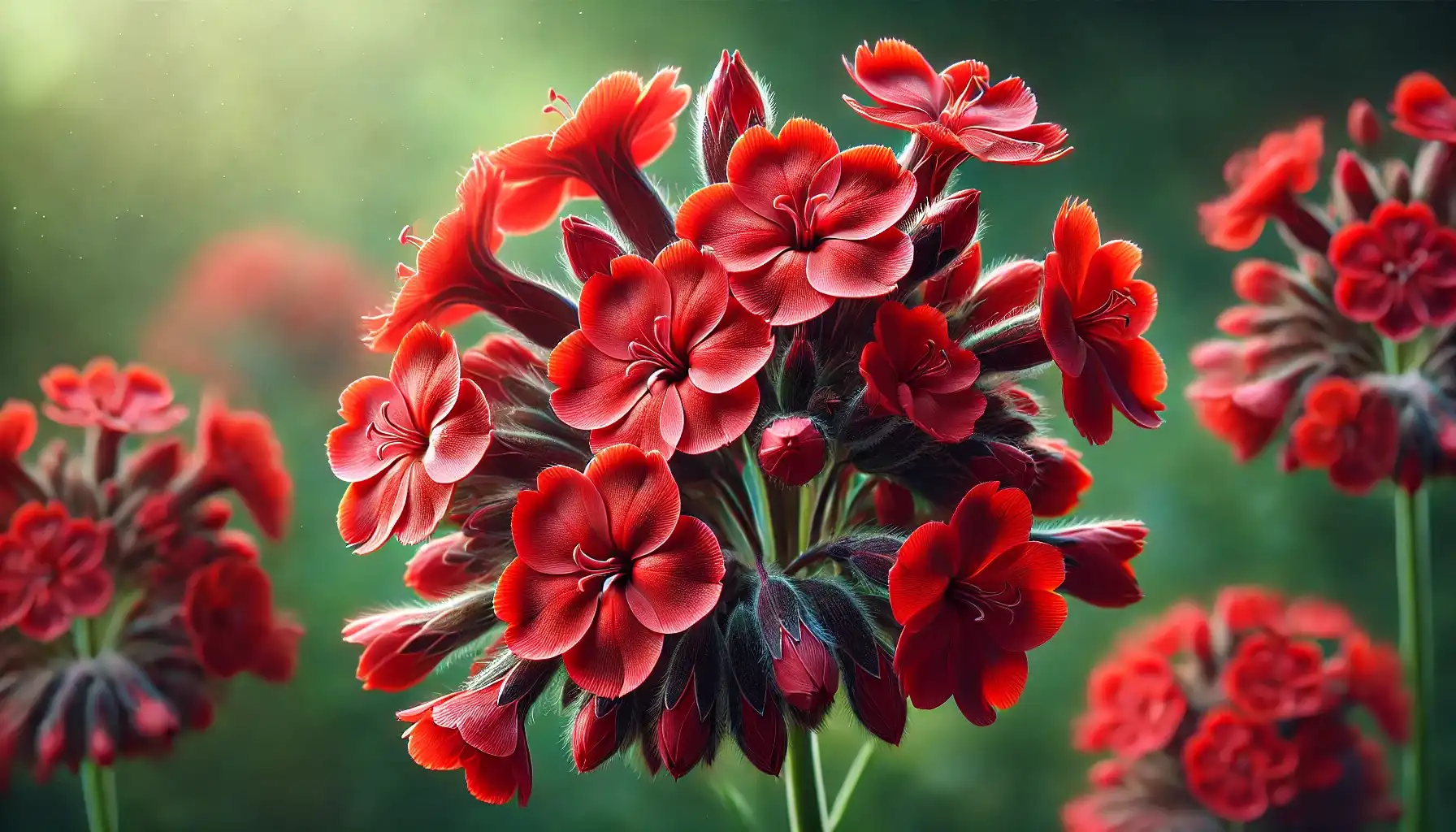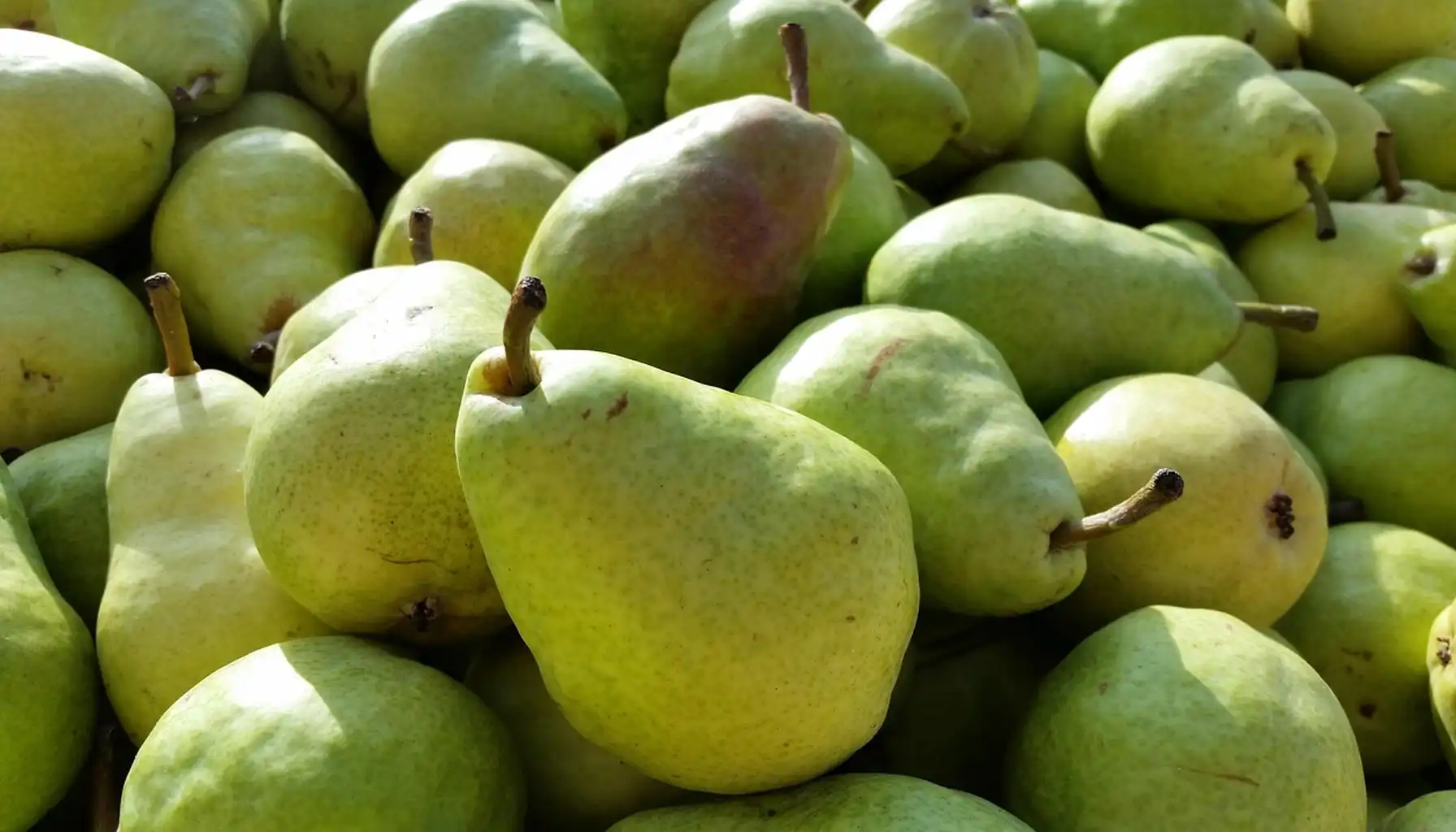The floral world is a remarkably diverse space filled with captivating, peculiar species all over the realm. Sometimes, human history may portray plants that bear a special meaning hidden behind their natural importance. One such plant that serves as an emblem of particular places and events, as well as brings vibrance to the environment is the Maltese Cross flower.
The key questions surrounding this plant species are: What is a Maltese cross flower, and why does it go by so many different names? In this material, we have compiled intriguing facts about this floral inhabitant, its growing requirements, and a proper plant identification approach. So, let your explorations begin.
What Is a Maltese Cross Plant?
The hero of this article has numerous names, each presenting its unique characteristics and cultural value, too. At times, this plant goes by the Flower of Bristol; occasionally, it is a Maltese Cross or the Tears of Christ. No matter how many names this plant boasts, botany science unequivocally refers to this floral creation as Lychnis (Silene) chalcedonic, one of the most favored garden inhabitants that thrive in summer.
As such, Lychnis chalcedonica is a perennial flowering plant, native to the countries of Eastern Europe and Asia. Being a popular choice for gardens, it features upright, hairy stems that typically reach heights of 2 to 3 feet, dark green foliage, and red, clustered flowers, which bear a resemblance to the emblematic cross used by the Knights of Malta.
Symbolic Meaning of Lychnis Chalcedonica
Surprisingly enough, a plant of Maltese Cross carries a variety of meanings that refer to different aspects of life. For instance, the bright red color of the flowers is often associated with extreme, strong emotions like passion and love. Hence, the plant may symbolize deep affection and intense passion, as well as loyalty and true devotion.
Besides, the shape of the flower which refers us to the Maltese cross, the symbol of the Knights of Malta, relates to the themes of courage, dedication, and sacrifice, which the medieval order of warriors is known for. Honor, valor, and willingness to sacrifice for a supreme goal – all those traits may cover the concept of Lychnis chalcedonica.
What is more, the plant’s place of origin defines the perception of the plant from a religious perspective. As Christianity claims, the cross-shaped flowers can represent spiritual faith, perseverance, and devotion. All in all, the Maltese cross is always seen as a sign of beauty and brightness, the vibrancy of life, and the joy nature could bring. All enclosed in a tiny cluster of red flowers.
Further reading: What's The Scariest Plant in The Forest?
Growing Needs of a Maltese Cross Flower
Like any other plant, the Maltese Cross has particular growing requirements that make it possible for a plant to develop into a mature species and reproduce in the end. Nevertheless, most assert that cultivating the Lychnis chalcedonica is a straightforward process, thanks to its adaptability and resilience as well. So, what does a Maltese Cross flower need to grow and thrive successfully?
Sunlight exposure: One of the most vital aspects of efficient plant cultivation is full sunlight of at least 6 to 8 hours a day. Nevertheless, the Maltese Cross may tolerate partial shade, which is, in fact, is to definitely affect the number of flowers the plant produces.
Soil: In general, this plant prefers well-drained soils with a pH level of 6.5 to 7.5. What one should pay special attention to is the structure and drainage of a plant. Do not let the soil be waterlogged but consistently moist and fertilized so as to ensure healthy growth and development.
Watering: As a rule, the Lychnis chalcedonica needs to be moderately watered, yet on a regular basis. However, it is important not to over- or underwater the plant to prevent serious complications and promote its health at last.
Temperature: Since the plant is found in both Europe and Asia, it may potentially tolerate a range of temperatures, e.g., relatively cold winters and hot summers. Nonetheless, the most appropriate climate is that of the Mediterranean region.
Disease and Pest Control: Although the plant is said to be resistant to pests and diseases, nothing is exempt from health issues. By ensuring good air circulation, avoiding improper watering, and monitoring for any unusual signs, one may prevent complications and keep a Maltese Cross flower healthy all the time
It is interesting! Growing the Maltese Cross Flowers in pots is not the best option, for they generally need lots of free space, constant air circulation, and “communication” with external resources and other garden inhabitants. This is why professional gardeners opt for outdoor, in-ground cultivation of the Lychnis chalcedonica plant.
Plant Identification on the Spot
Though the plant is a popular choice for private gardens, the Maltese Cross might also be found in the wild. Most people assume that they should look for their red floral clusters recessed in the deep green vegetation around. Nevertheless, the easiest way to identify plants is to employ additional tools that can integrate botany knowledge, professional tips, and your own experience with real-world images.
For your convenience and peace of mind while far away from professional botanists, AI Plant Finder can become your private assistant with a bunch of benefits and useful applications. This platform contains everything a modern gardener may need, i.e., a garden log that includes information about each plant species in your garden, plant care reminders, tips and experiences of other plant lovers, and, what is also essential, plant identification by photo.
Plant identification is the best thing the industry may have to offer. Thus, in order to identify a plant, one should access the AI Plant Finder app, tap on the Camera button, follow the prompts, and take a few photos of a plant to detect. As soon as the system is able to process the data, it finds the most appropriate answers and delivers comprehensive information about one of 300,000 plant species, namely its habitat, growing requirements, plant care needs, toxicity levels, and edibility, too.
Do not hesitate and try this app for free. To dispel any doubts, the AI Plant Finder app offers both free and premium options to ensure your planting experience is as bright and vibrant as the flowers of the Maltese Cross are.
AI Plant Finder Related Posts:







